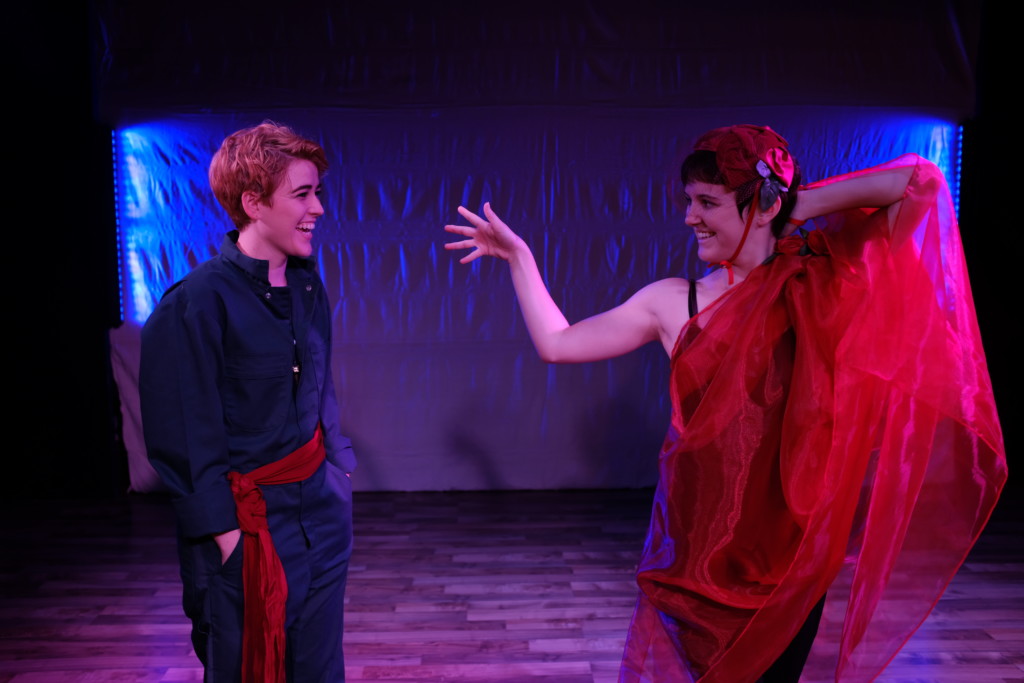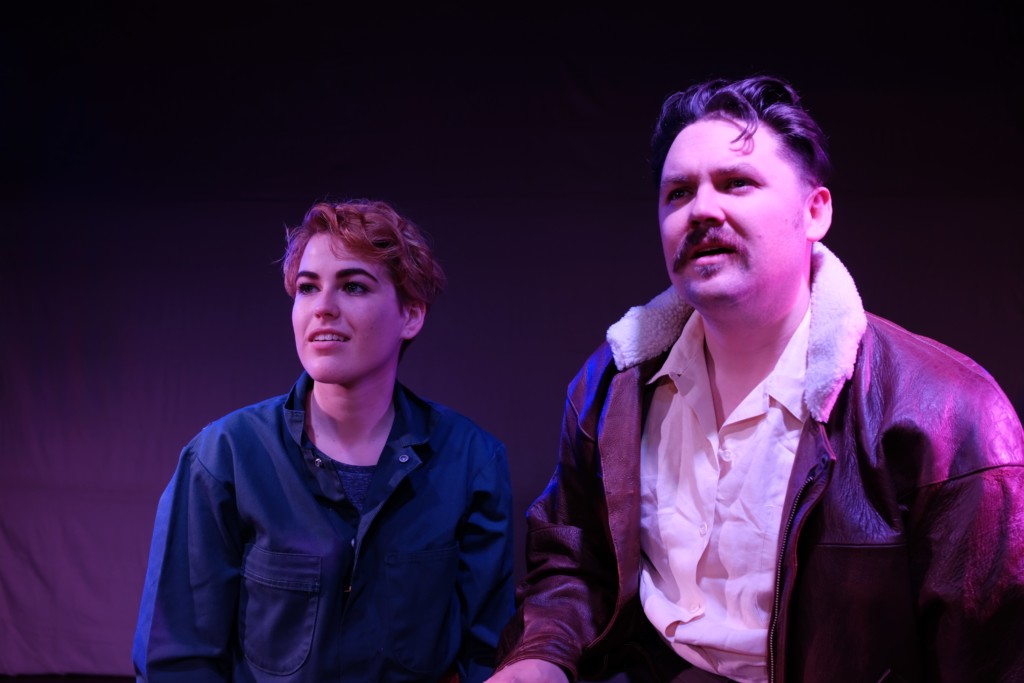“Goodbye,” said the fox. “And now here is my secret, a very simple secret: It is only with the heart that one can see rightly; what is essential is invisible to the eye.”
“What is essential is invisible to the eye,” the little prince repeated, so that he would be sure to remember.
“It is the time you have wasted for your rose that makes your rose so important.”
“It is the time I have wasted for my rose—” said the little prince, so that he would be sure to remember.
“Men have forgotten this truth,” said the fox. “But you must not forget it. You become responsible, forever, for what you have tamed. You are responsible for your rose …”
“I am responsible for my rose,” the little prince repeated, so that he would be sure to remember. — Antoine de Saint-Exupéry, The Little Prince, 1943

There is perfect poignancy in the presentation of Antoine de Saint-Exupéry’s The Little Prince as a holiday season tale. Published in 1943, the novella has become one of the most successful books ever published in the world. It is a literary icon representing how a pure love can transcend the utter fragility and vulnerability of the human condition.
For the holiday season, Sackerson is presenting the story, as told in a play adapted by John Scoullar and Rick Cummins. With some exceptions, the play follows the familiar contours of the original story. Sackerson’s production (Nov. 24-Dec. 23), directed by Dave Mortensen, will feature a cast of four actors, choreography by Graham Brown and incidental music by cellist Brooke Bolick, who recently performed in the boffo company production of Shockheaded Peter.

The story is a fable – essentially a “war story,” as The New Yorker’s Adam Gopnik explains. Saint-Exupéry wrote it during the darkest days of the Vichy regime in Occupied France. As Gopnik notes, “Not an allegory of war, rather, a fable of it, in which the central emotions of conflict—isolation, fear, and uncertainty—are alleviated only by intimate speech and love.”
The best account of the author’s life comes in Stacy Schiff biography (Alfred A. Knopf, 1994), which was a finalist for The Pulitzer Prize. The author, who had flown with his country’s Armée de l’Air in the war against the Nazis before France fell to the Occupiers in 1940, had escaped to the U.S. and wrote his famous novella in the heart of New York City.

In 1935, he was lost for days in the Arabian desert, an incident that established the setting for The Little Prince. “You know, as you read about the author’s own experience crashing in the Sahara while trying to break a speed record,” Mortensen explains, “wandering while dehydrated and hallucinating before they were saved four days later by a Bedouin on a camel, you kind of wonder if some of the hallucinations he experienced in the desert came from his own life and led to the story.”
The Little Prince also is a defining parable for the holiday season. There is the yearning to come home with the hope that distance and separation – or maybe shame of disappointment or failure – have not diluted the intensity of love and the sincerity of connection. There is the epiphany of the ‘time wasted’ lesson at the heart of the story. We celebrate the holidays, exerting much effort to make them nice and pleasant, even if the traditions occasionally appear too cheesy in their sentimentality. But then, there is that one moment of pure love and joy, which pierces the trappings and trimmings of the elaborate holiday festivities with profound meaning.

Sackerson’s production is a regional premiere of the play adaptation. The cast includes Alex Ungerman, Shawn Francis Saunders, McKenzie Steele Foster and Amy Ware.
Performances will take place on Fridays and Saturdays at 7:30 p.m. every weekend up until Christmas at the Art Factory, the multidisciplinary art space managed by the Utah Arts Alliance. There are three matinee performances: Saturday, Dec. 9, at 2 p.m.; Sunday, Dec. 10, at 3 p.m., and Saturday, Dec. 23, at 3 p.m.
Ticket information is accessible at the Sackerson website.


1 thought on “Sackerson’s production of The Little Prince set for 2017 holiday season”